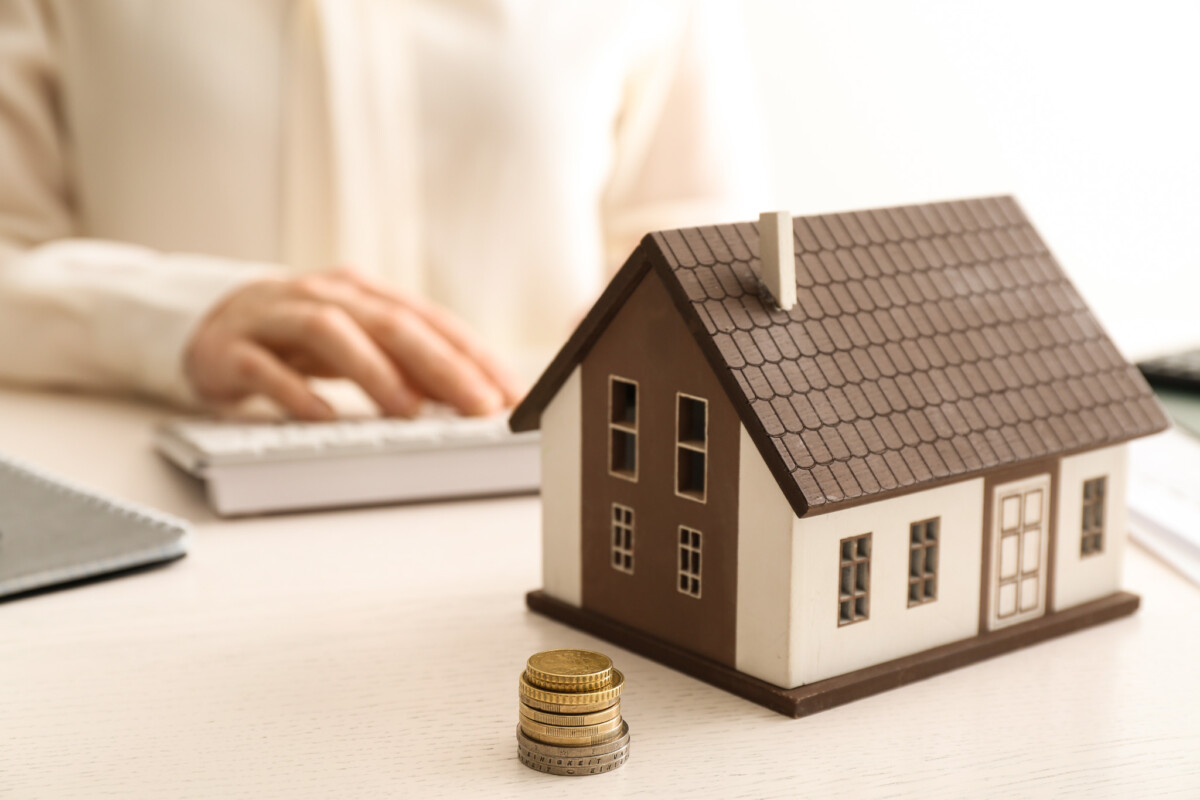Introduction
The impacts of climate change are becoming increasingly evident, from rising sea levels and extreme weather events to shifts in temperature and precipitation patterns. While these changes pose significant challenges to various sectors, the real estate industry is particularly vulnerable. From coastal properties threatened by flooding to urban heat islands affecting livability, climate change is reshaping the real estate landscape. However, with these challenges come opportunities for innovation and adaptation.
The Impact of Climate Change on Real Estate
Climate change affects real estate in numerous ways, both directly and indirectly. Direct impacts include physical damage to properties caused by extreme weather events such as hurricanes, floods, wildfires, and heat waves. According to the National Oceanic and Atmospheric Administration (NOAA), the U.S. has experienced an increase in billion-dollar weather and climate disasters over the last few decades. Properties located in high-risk areas are seeing declines in value as buyers and investors become more cautious.
Indirectly, climate change influences real estate through changes in insurance costs, property regulations, and shifting buyer preferences. Insurers are reevaluating policies and raising premiums in areas prone to natural disasters. At the same time, governments are imposing stricter building codes and zoning laws to improve resilience against climate-related risks.
Shifting Market Trends
The growing awareness of climate change is driving changes in market demand. Buyers are increasingly prioritizing properties that offer resilience against climate-related threats. This has led to a rise in demand for:
- Green Buildings: Properties that incorporate energy-efficient designs, renewable energy sources, and sustainable materials are more appealing to eco-conscious buyers.
- Climate-Resilient Infrastructure: Elevated structures, flood-resistant designs, and innovative cooling systems are essential in climate-sensitive areas.
- Relocation to Safer Areas: As certain regions become more prone to extreme weather, gradually migrating to safer areas could significantly alter regional real estate markets.
Financial Implications
The financial sector is increasingly factoring climate change into investment decisions. Real estate investors are now more cautious about acquiring properties in high-risk areas. Lenders are also beginning to adjust their risk assessments, which could affect mortgage availability and rates.
Additionally, institutional investors are integrating Environmental, Social, and Governance (ESG) criteria into their real estate portfolios. Properties that meet sustainability standards are more attractive to buyers and offer long-term value and resilience.
Regulatory Responses
Governments worldwide are implementing regulations aimed at mitigating climate risks. These measures enhance resilience, from improved building codes to stricter zoning laws. In some cases, developers are incentivized to incorporate green building practices, while in others, penalties are imposed for failing to comply with environmental standards.
Furthermore, municipalities are developing climate adaptation plans that directly impact land-use planning and property development. As regulatory frameworks evolve, the real estate industry must adapt accordingly.
Opportunities for Innovation
Despite the challenges, climate change also presents opportunities for innovation within the real estate sector. Developers and investors who embrace sustainable practices can enhance the value and appeal of their properties. Technologies such as energy-efficient HVAC systems, intelligent building management tools, and flood-resistant designs are increasingly in demand.
New business models are also emerging, including climate-resilient real estate investment trusts (REITs) and green financing options. These innovations provide pathways for mitigating risk while promoting sustainable growth.
Preparing for the Future
The intersection of climate change and real estate is a challenge and a call to action. The industry must adopt forward-thinking strategies that account for both the physical risks of climate change and the evolving preferences of buyers and investors.
Real estate professionals should prioritize resilience in their development plans, invest in sustainable infrastructure, and advocate for policies that promote environmental stewardship. As the world grapples with the realities of climate change, those who adapt proactively will be better positioned for long-term success.
Conclusion
Climate change is undeniably reshaping the real estate landscape. While the risks are considerable, so are the opportunities for adaptation and innovation. By investing in resilient, sustainable properties and embracing forward-thinking strategies, the real estate industry can mitigate climate-related risks and contribute to a more sustainable future.
Thank you for reading! If you enjoyed this article and want to explore more content on similar topics, check out our other blogs at Sonic Loans, Sonic Realty, and Sonic Title. We have a wealth of information designed to help you navigate the world of real estate and finance. Happy reading!
Are you looking for the right loan? Check out Sonic Loans for tailored mortgage solutions that make home financing simple and efficient.
Kitchen Design Trends That Add Value
Indoor-Outdoor Living Trends: Creating Seamless Spaces in 2025
Future-Proofing Your Home Design: Building for Tomorrow, Today
Popular Home Styles and Their Features
Real Estate Closing Process Explained
Understanding Deed Types: A Comprehensive Guide
How to Plan to Furnace a New Home
How to Plan for House Renovation as a New Homeowner: A Step-by-Step Guide
Common Title Issues and How to Resolve Them












